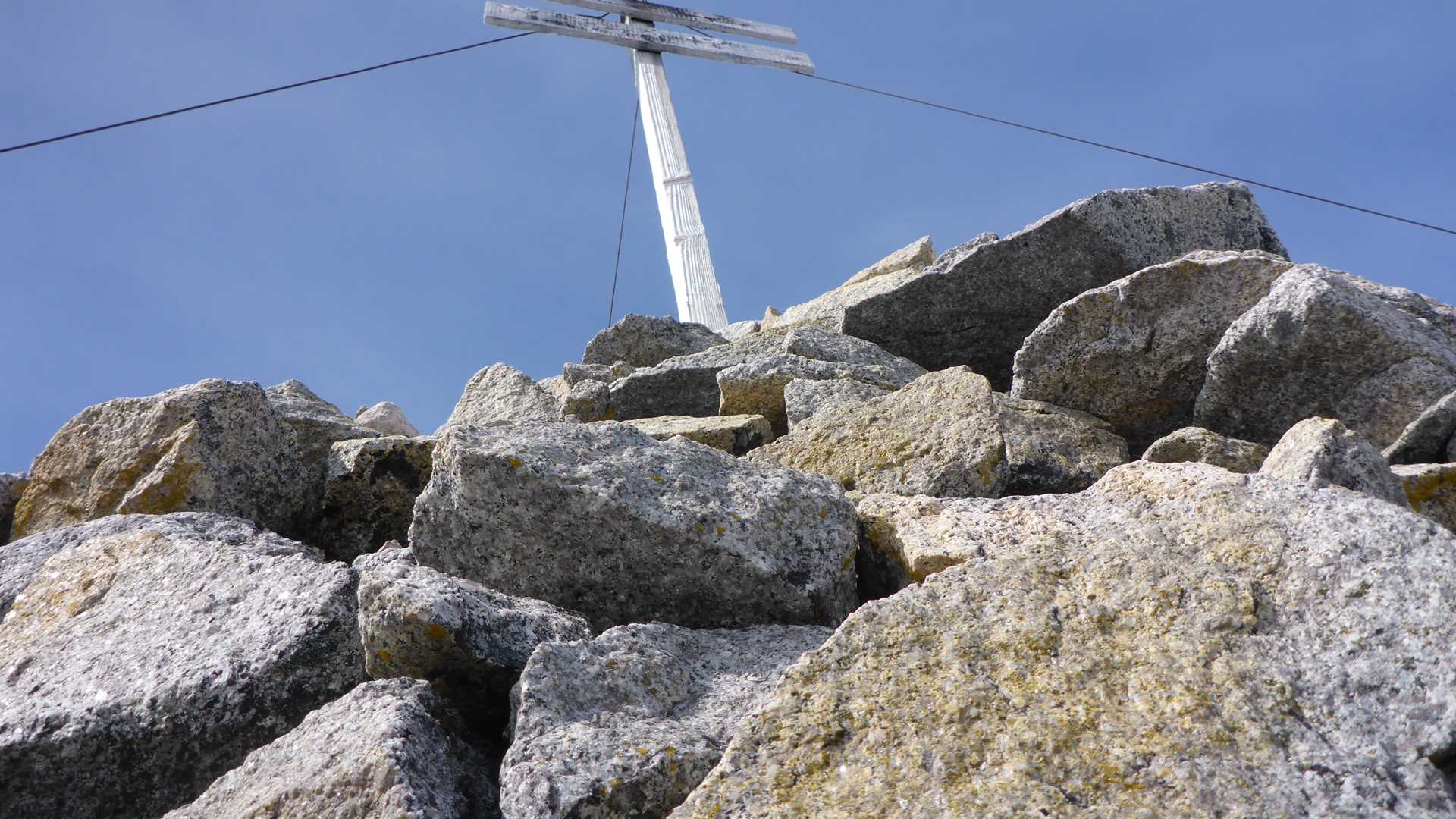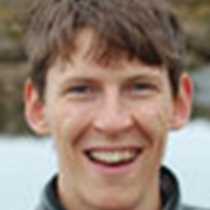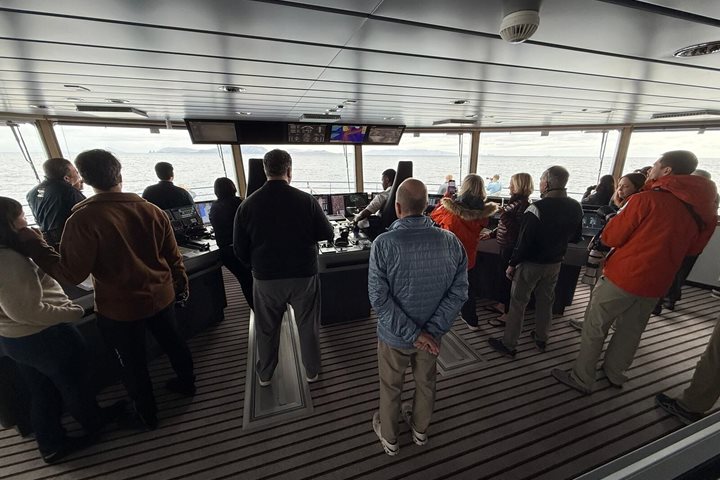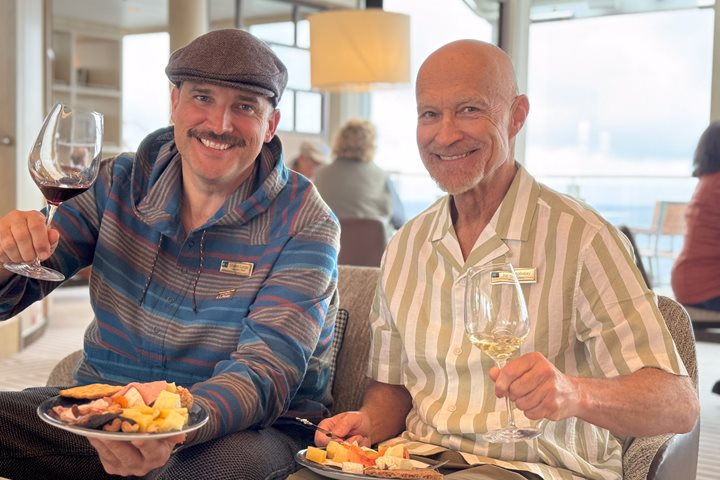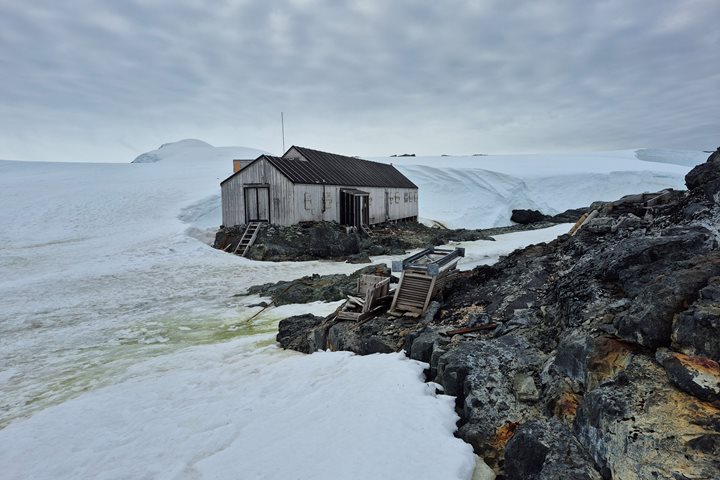Waking to another sunny morning in Antarctica, stepping on deck surrounded by blindingly bright ice and snow, we found ourselves at Booth Island. Perched along the Northwest Antarctic Peninsula mainland coast, it is the site where Jean-Baptiste Charcot’s Français expedition spent a harsh winter in 1904, the men busying themselves with scientific exploration of astronomy, zoology, and geology, and the monotony of the polar night broken by an outdoor picnic so frozen that “we had to break up the butter and meat with axes…”. They also built numerous structures, the most prominent of which was a massive rock cairn atop the granite hill near our landing. We clambered off the Zodiacs and hiked up to the summit, shedding our parkas from the exertion. Catching our breath at the cairn, we marveled at a 360ᵒ view of high peaks and the iceberg-filled ocean. Far below, our comrades from the National Geographic Explorer walked among chinstrap, gentoo, and Adélie penguins, or nosed Zodiacs up toward an ice floe with a dozen basking crabeater seals. Eager to join them, we spun one last slow circle, savoring the commanding view of pure wildness.
This afternoon, we were swept into a completely different world by our resident National Geographic photographer Ken Garrett, who spoke on his photographic journey into the mysteries of King Tut and Nefertiti. Did they ever see ice or snow in their lives? From their time, over 3000 years would pass before humans ever set foot in Antarctica.
By teatime, we were readying to enter the Lemaire Channel. Averaging only one mile wide, its precipitous cliffs to port and starboard seem far taller than that. It was all hands to the ship’s bow, and we craned our necks up at the towering bedrock and hanging glaciers. To be utterly stunned by the scale of a place, come here. “I thought it was all just rock and ice down here,” said one breathless guest. “Well it IS all rock and ice—so how can every day be so different? The moment I go inside, I’ll miss something I’ll never see again!”

